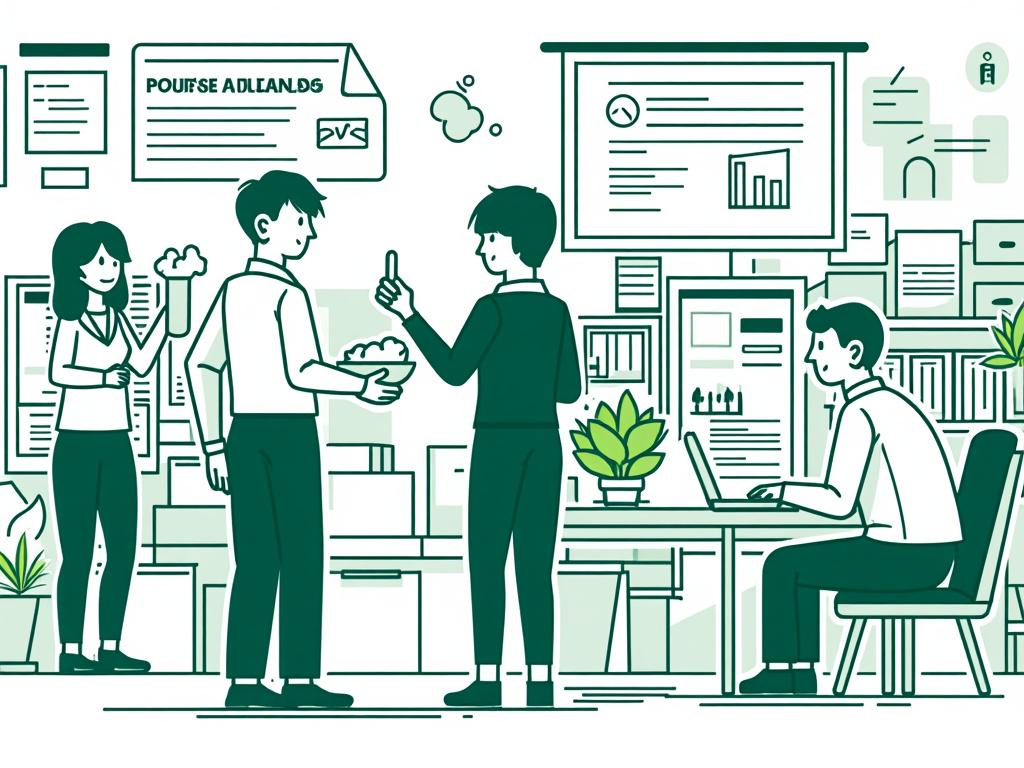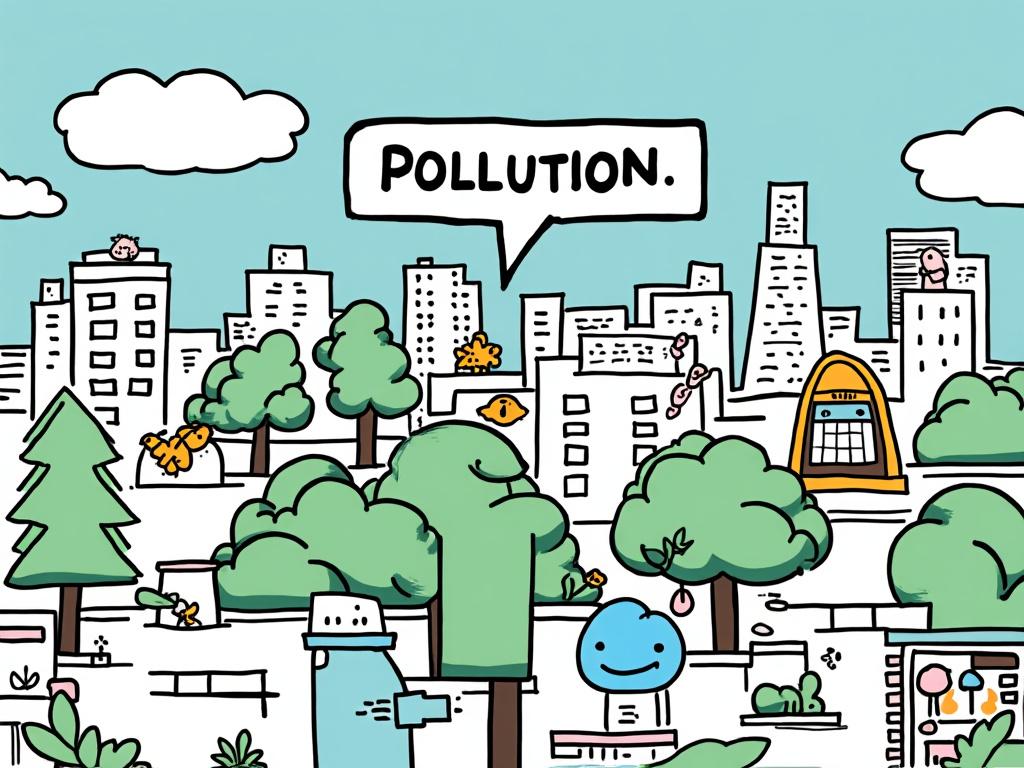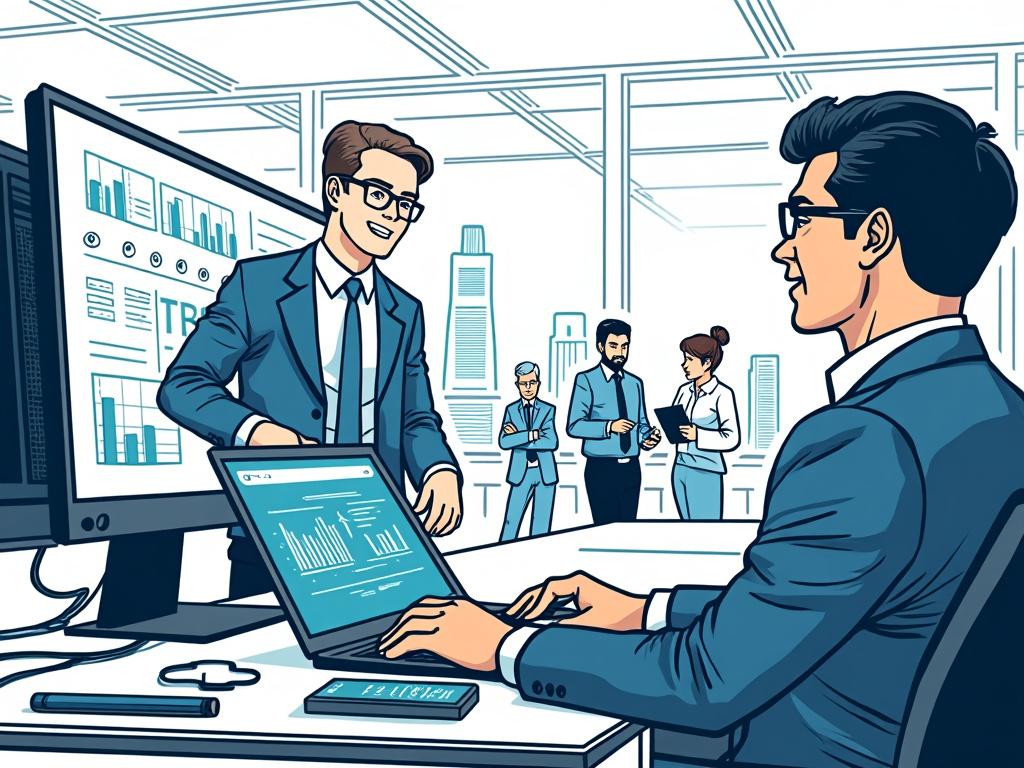
Reducing Air Pollution in the UAE: Initiatives Transforming the Desert Nation’s Environmental Future
Reading time: 12 minutes
Ever wondered how a nation built on oil is becoming a global leader in environmental sustainability? The UAE’s transformation from desert kingdom to green pioneer isn’t just inspiring—it’s revolutionary. Let’s explore the groundbreaking initiatives that are reshaping air quality across the Emirates.
Table of Contents
- Understanding the UAE’s Air Quality Challenge
- Government-Led Environmental Revolution
- Clean Energy Transformation
- Smart Transportation Solutions
- Industrial Innovation and Green Technologies
- Community-Driven Environmental Action
- Your Environmental Impact Roadmap
- Frequently Asked Questions
Understanding the UAE’s Air Quality Challenge
Picture this: You’re standing on the observation deck of Burj Khalifa, gazing across Dubai’s skyline. What you see today—crystal-clear views stretching to the horizon—wasn’t always the case. The UAE has confronted significant air quality challenges head-on, transforming potential environmental crisis into opportunity.
The nation’s rapid industrialization and urbanization created a perfect storm of environmental pressures. Desert dust storms, industrial emissions, and vehicular pollution combined to create air quality concerns that threatened both public health and economic growth.
Key Air Quality Indicators
UAE Air Quality Progress Comparison (2010 vs 2023)
2010: 40 μg/m³
2023: 18 μg/m³
2010: 1%
2023: 21%
2010: 0.1%
2023: 14%
“The UAE’s commitment to environmental sustainability isn’t just policy—it’s a fundamental shift in how we envision our nation’s future,” states Dr. Thani Al Zeyoudi, UAE Minister of Climate Change and Environment.
Government-Led Environmental Revolution
Here’s the straight talk: The UAE didn’t stumble into environmental leadership—it strategically engineered it. The government’s comprehensive approach combines ambitious targets with practical implementation strategies.
UAE Green Agenda 2071
This isn’t your typical environmental plan. The UAE Green Agenda 2071 represents a 50-year vision to make the UAE the world’s best country by its centennial. The agenda focuses on five key pillars:
- Green Economy: Investing $163 billion in renewable energy by 2050
- Green Life: Reducing carbon footprint by 70%
- Green Technology: Leading global innovation in clean tech
- Green Energy: Achieving 50% renewable energy mix
- Green Investment: Positioning UAE as global green finance hub
National Air Quality Strategy
Quick Scenario: Imagine monitoring air quality in real-time across seven emirates simultaneously. The UAE’s National Air Quality Strategy does exactly that through:
- 84 air quality monitoring stations nationwide
- Real-time data sharing with public through mobile apps
- Predictive modeling for pollution hotspots
- Automated alerts for sensitive groups during poor air days
Clean Energy Transformation
Solar Power Revolution
The Mohammed bin Rashid Al Maktoum Solar Park stands as a testament to the UAE’s renewable energy ambitions. When completed, this mega-project will generate 5,000 MW of clean energy—enough to power 1.3 million homes and reduce 6.5 million tons of carbon emissions annually.
“We’re not just building solar panels; we’re constructing the infrastructure for a sustainable future,” explains Saeed Al Tayer, MD & CEO of Dubai Electricity and Water Authority (DEWA).
Nuclear Energy Integration
The Barakah Nuclear Energy Plant represents another cornerstone of the UAE’s clean energy strategy. This facility will:
- Provide 25% of the nation’s electricity needs
- Prevent 21 million tons of carbon emissions annually
- Create energy security for decades
- Generate baseload power complementing renewable sources
Smart Transportation Solutions
Electric Vehicle Infrastructure Boom
Well, here’s the reality: The UAE is experiencing an EV revolution that’s reshaping urban mobility. Dubai alone plans to have 42,000 charging stations by 2030, supporting the government’s goal of making 10% of all government vehicles electric by 2025.
| Initiative | Current Status | 2030 Target | Environmental Impact |
|---|---|---|---|
| EV Charging Stations | 5,200 stations | 42,000 stations | 85% reduction in transport emissions |
| Metro Network | 75 km operational | 421 km planned | 2.1 million tons CO2 saved annually |
| Autonomous Vehicles | Testing phase | 25% of all trips | 40% improvement in fuel efficiency |
| Cycling Infrastructure | 500 km bike lanes | 1,000 km network | 15% reduction in short-distance car trips |
| Hyperloop Development | Prototype testing | Commercial operations | 90% less energy than traditional transport |
Mass Transit Expansion
The Dubai Metro success story illustrates the power of strategic public transportation investment. Since opening in 2009, the Metro has:
- Transported over 1.8 billion passengers
- Reduced traffic congestion by 12%
- Prevented 1.5 million tons of CO2 emissions
- Demonstrated that sustainable transport can be profitable
Industrial Innovation and Green Technologies
Carbon Capture and Storage Initiatives
The UAE’s Al Reyadah project represents the region’s first commercial-scale carbon capture facility. This groundbreaking initiative captures 800,000 tons of CO2 annually from steel production, then utilizes it for enhanced oil recovery—turning waste into resource.
Circular Economy Implementation
Ready to transform waste into wealth? The UAE’s circular economy strategy focuses on three key areas:
- Sustainable Manufacturing: Reducing material inputs by 40%
- Waste-to-Energy: Converting 75% of municipal waste to energy
- Water Recovery: Achieving 95% wastewater treatment and reuse
Community-Driven Environmental Action
Education and Awareness Campaigns
Practical Roadmap for community engagement includes:
- School Programs: Environmental education reaching 500,000 students annually
- Corporate Partnerships: Private sector commitments reducing emissions by 30%
- Citizen Science: Mobile apps allowing residents to report air quality issues
- Green Building Incentives: LEED certification requirements for new construction
Success Story: Masdar City
Masdar City stands as a living laboratory for sustainable urban development. This carbon-neutral city demonstrates how integrated planning can achieve:
- 40% reduction in energy consumption
- 55% reduction in potable water use
- 70% waste diversion from landfills
- Zero-emission transportation within the city
Your Environmental Impact Roadmap
The UAE’s environmental transformation offers valuable lessons for individuals, businesses, and governments worldwide. Here’s your strategic action plan to contribute to cleaner air quality:
Immediate Actions (Next 30 Days):
- Transportation Choices: Use public transport or carpool for 50% of your trips
- Energy Efficiency: Switch to LED lighting and smart thermostats
- Digital Engagement: Download air quality monitoring apps and contribute data
- Waste Reduction: Implement a personal circular economy approach
Medium-term Commitments (3-12 Months):
- Vehicle Transition: Consider hybrid or electric vehicle purchase
- Home Improvements: Install solar panels or join community renewable programs
- Advocacy: Support local environmental initiatives and policies
- Skills Development: Learn about green technologies and sustainable practices
Long-term Vision (1-5 Years):
- Career Alignment: Pursue opportunities in renewable energy or environmental sectors
- Investment Strategy: Allocate portfolio toward ESG and green technology funds
- Community Leadership: Initiate neighborhood sustainability projects
- Knowledge Sharing: Mentor others in environmental best practices
Pro Tip: The UAE’s success demonstrates that environmental progress isn’t about perfection—it’s about consistent, strategic action that builds momentum over time.
As global climate challenges intensify, the UAE’s comprehensive approach to air pollution reduction offers a replicable model for rapid environmental transformation. The nation’s journey from oil-dependent economy to renewable energy leader proves that with political will, strategic investment, and community engagement, dramatic environmental improvements are not only possible but profitable.
What role will you play in your community’s environmental transformation? The UAE’s example shows that every individual action, when multiplied across society, creates the foundation for lasting change.
Frequently Asked Questions
How has the UAE reduced air pollution so quickly compared to other nations?
The UAE’s success stems from three critical factors: concentrated government investment (over $163 billion committed to renewable energy), strategic geographic advantages for solar power generation, and a centralized decision-making structure that enables rapid policy implementation. Unlike many countries that struggle with fragmented environmental policies, the UAE created integrated strategies that address energy, transportation, and industrial emissions simultaneously.
What can individuals do to support air quality improvement in the UAE?
Residents can make significant impact through daily choices: using Dubai Metro and public transportation (which reduces emissions by 45% compared to private vehicles), participating in carpooling programs, choosing electric or hybrid vehicles when purchasing, and supporting businesses with strong environmental commitments. Additionally, using energy-efficient appliances and participating in community recycling programs multiplies individual environmental impact.
How does the UAE’s air pollution reduction compare globally?
The UAE ranks among the top 15 countries for environmental improvement speed, achieving a 55% reduction in PM2.5 levels between 2010-2023. This progress outpaces many developed nations and demonstrates that rapid industrialization doesn’t preclude environmental leadership. The country’s renewable energy adoption rate of 21% by 2023 exceeds the global average of 12%, positioning the UAE as a model for other oil-producing nations transitioning to sustainable economies.

Article reviewed by Charlotte Hughes, Wealth Preservation Strategist | Legacy & Multi-Generational Planning, on June 4, 2025




